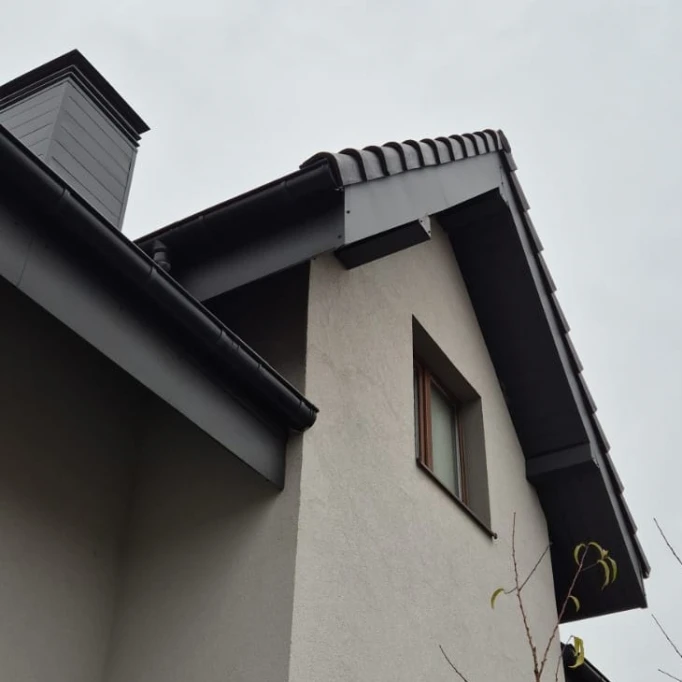An overhanging roof brings many advantages. It protects the facade, provides shelter from the rain and creates an interesting architectural element. If you have decided on an overhanging roof, one of the key steps is choosing the right material for its underlayment. The right choice will affect not only the aesthetics, but also the functionality and durability of the entire structure.
In the following article, we will look at the properties and advantages of the most common materials for underlayment: wood, OSB boards, sheet metal, plastic and plastered underlayment.
1. Wood: A classic with natural charm
Wood is a traditional material that gives the building a unique natural look.
Advantages:
- Aesthetic natural look, which is especially suitable for cottages, wooden houses or traditional houses.
- Affordable price compared to other materials.
Disadvantages:
- Requires regular maintenance (paints, pest and moisture treatment).
- Sensitivity to mold and weather conditions.
Tip: If you decide to use wood, we recommend using high-quality varnishes and regularly checking the condition of the underlay.
2. OSB boards: An economical and solid choice
OSB boards are a cheap and practical alternative. They are made of wood chips bonded with special resins, which ensure their strength and durability.
Advantages:
- Low price.
- Strength and moisture resistance (when choosing OSB boards of class 4).
- Modern, industrial appearance.
Disadvantages:
- Less attractive appearance compared to wood or sheet metal.
- Needs additional surface treatment to protect against weathering.
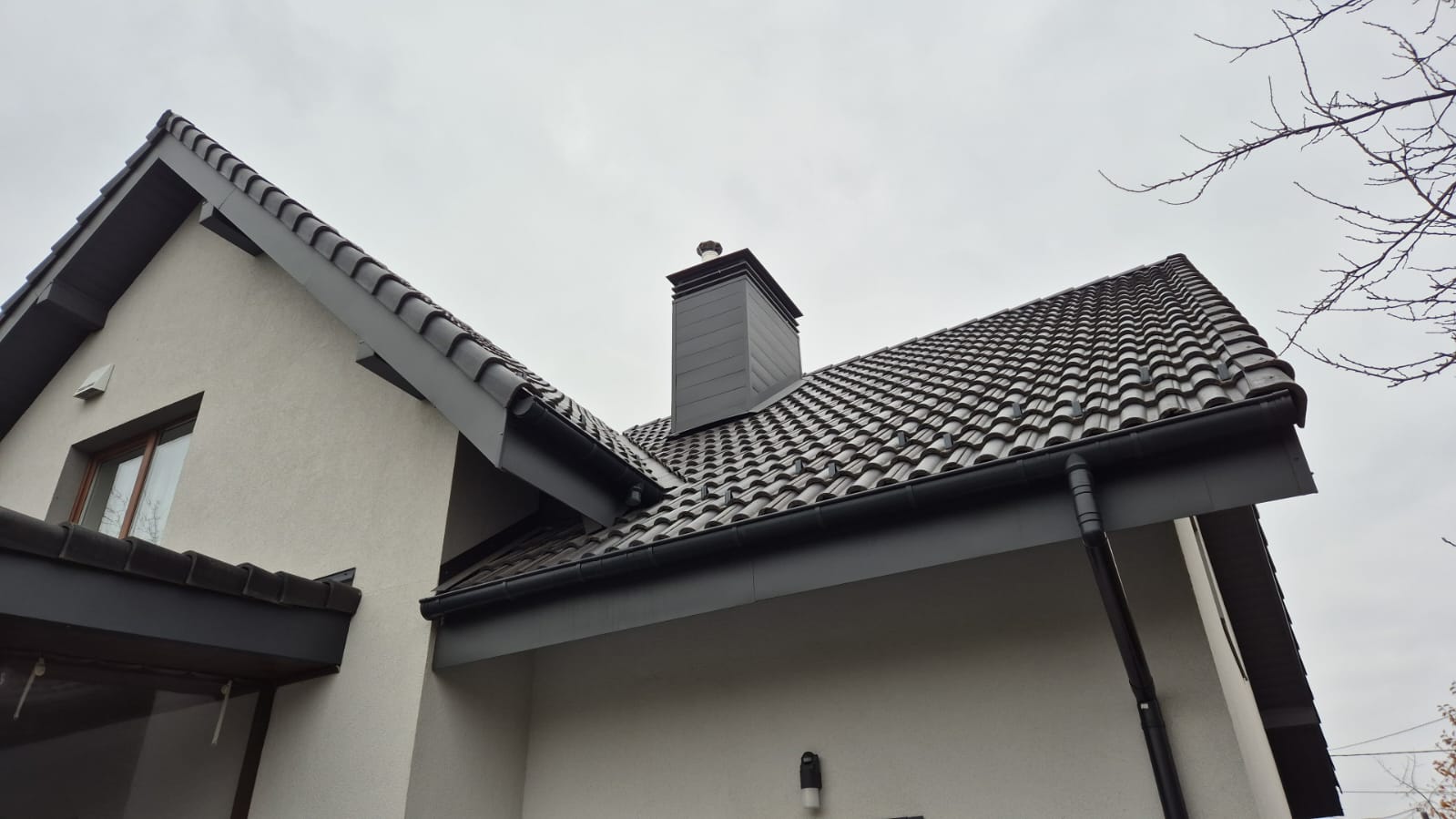
3. Sheet metal: Durable and versatile
Sheet metal underlay is gaining increasing popularity due to its durability, variability and almost zero maintenance.
Advantages:
- Long service life (more than 50 years).
- Minimal maintenance requirements.
- A wide selection of colors and textures, including wood imitation.
- Easy and quick installation.
Disadvantages:
- Higher initial price compared to wood or OSB boards.
- Cooler appearance that may not suit everyone.
Tip: If you are looking for a high-quality and affordable sheet metal, we recommend the T8 trapezoidal roofing, which is ideal for roof underlayment.
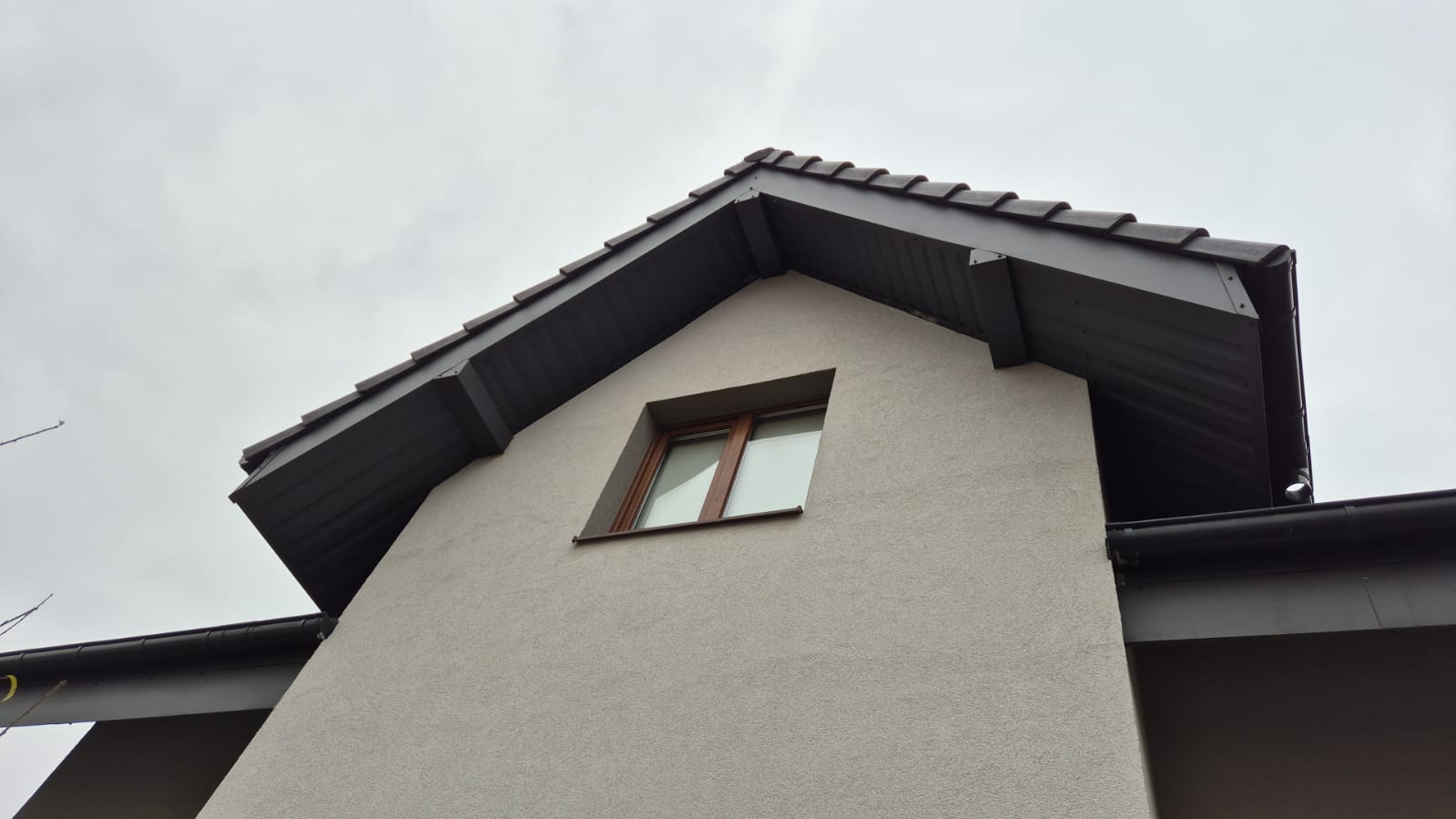
4. Plastic: Maintenance-free and modern
Plastic underlayment is a great alternative for those who want the look of wood without the need for regular maintenance.
Advantages:
- Resistant to moisture and pests.
- Easy to maintain and long-lasting.
- Possibility to match the color and texture with wooden elements.
Disadvantages:
- Higher price (can be up to three times more expensive than wood).
- Less natural appearance when examined in detail.
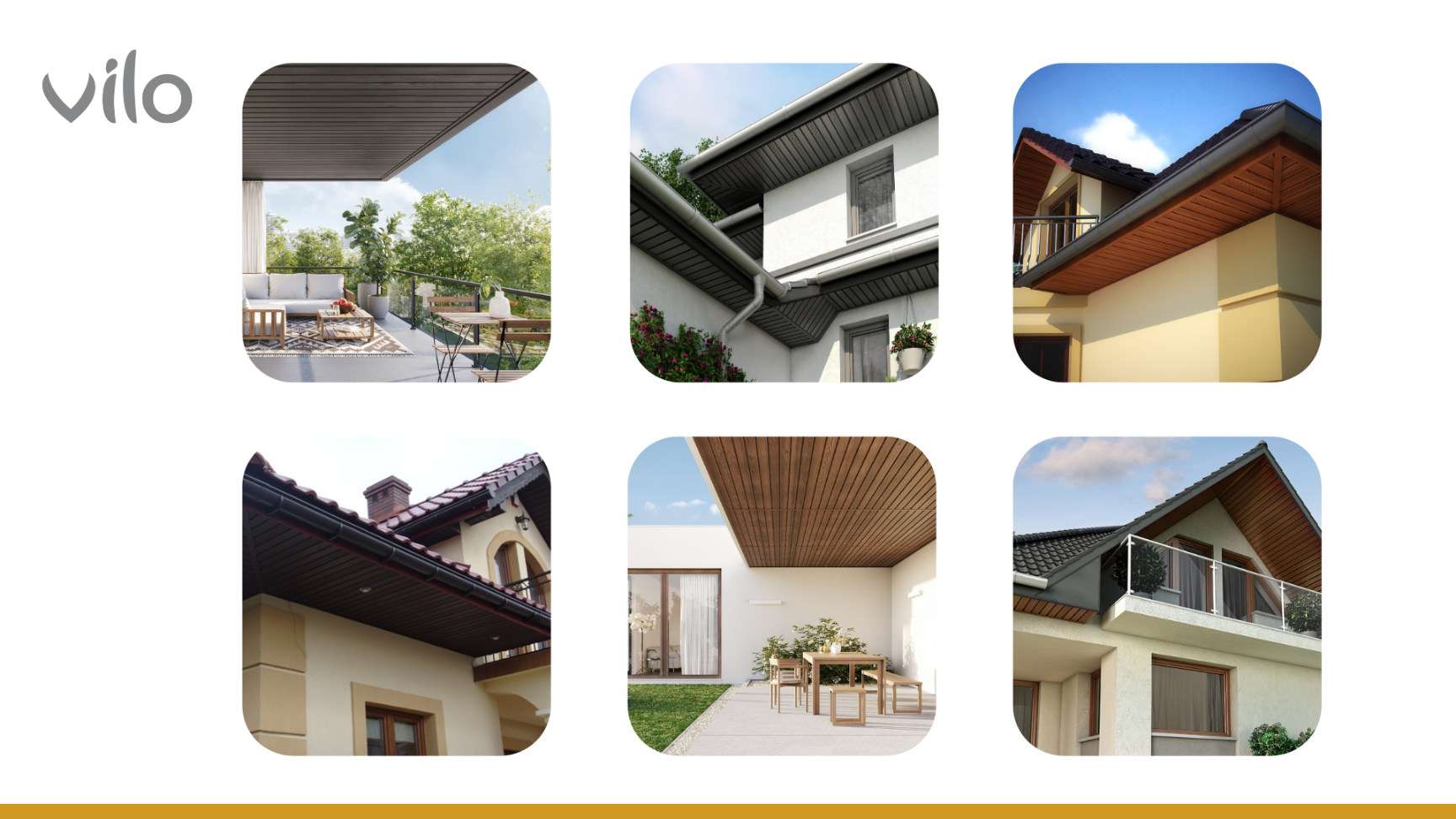
5. Plastered underlayment: For modern buildings
Plastered underlayment is especially suitable for minimalist and modern buildings, where the aesthetics of the underlay merge with the rest of the facade.
Advantages:
- Elegant and unobtrusive appearance.
- Long service life and almost zero maintenance.
Disadvantages:
- Higher implementation costs.
- More demanding installation process (including insulation, meshing and plastering).
How to choose the right one?
When choosing a material for underlayment, it is important to consider:
- Aesthetics of the building - Wood and plastic are ideal for traditional or rustic houses, sheet metal and plaster for modern buildings.
- Budget - Wood and OSB boards are cheaper, but require more maintenance.
- Maintenance - If you want to minimize care, choose sheet metal or plastic from the Roofing Center - ROOFER.
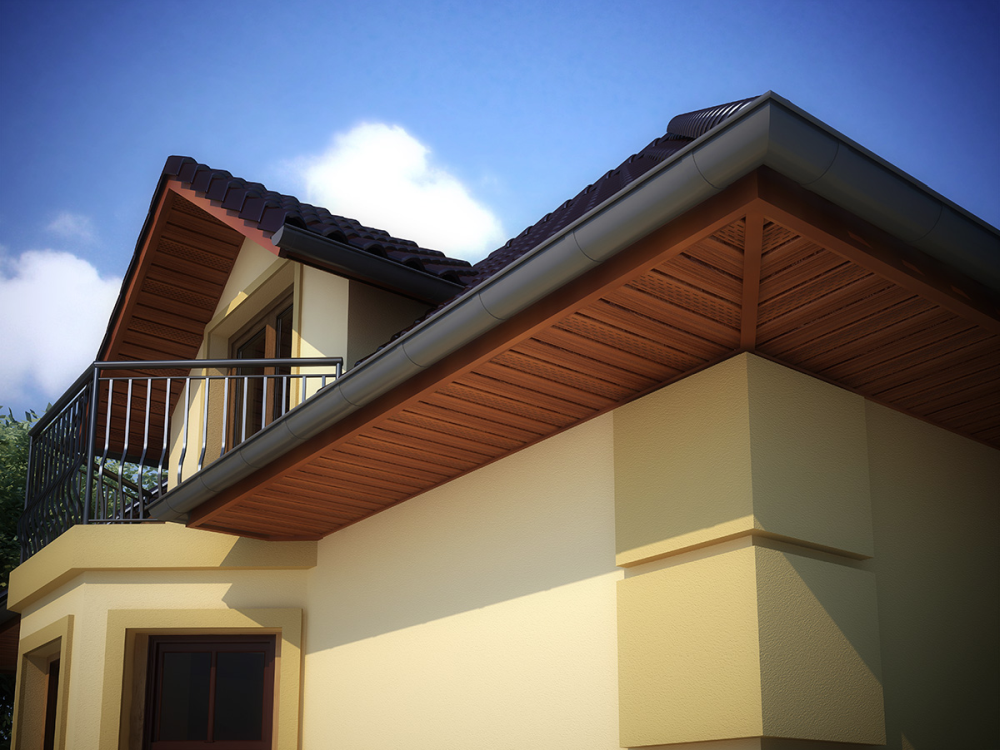
Conclusion
Each material has its advantages and disadvantages. Trapezoidal sheet metal T8 is an ideal choice for those looking for a universal and maintenance-free solution. Wood will appeal to lovers of natural materials, while plaster and plastic suit modern trends. Choose according to your needs, budget and the style of your home.
If you need help choosing a material, do not hesitate to contact us - we will be happy to advise you!


























-90x90.webp)



















